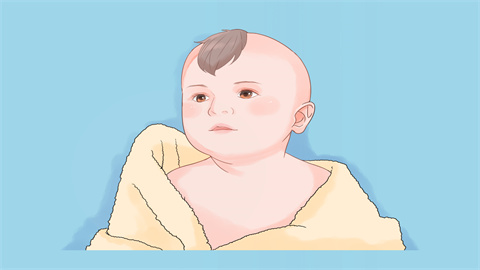What is a baby with Down syndrome?
Under normal circumstances, babies with Down syndrome are children with congenital diseases caused by chromosomal abnormalities, specifically having an extra chromosome 21. A detailed analysis is as follows:

Babies with Down syndrome typically have distinctive facial features, including widely spaced eyes, a flattened nasal bridge, and small eye openings. They often keep their mouths open and stick out their tongues. These children are usually shorter in stature with short, stocky limbs, delayed motor development, and they sit, stand, and walk later than normally developing children, often exhibiting poor motor coordination.
Babies with Down syndrome universally experience intellectual disabilities of varying degrees, delayed language development, limited comprehension and expression abilities, and difficulties with abstract thinking. Some may also have malformations of organs such as the heart and digestive tract, are prone to recurrent infections, and their health and life expectancy can be affected.
Pregnant women should undergo Down syndrome screening on schedule during pregnancy. If diagnosed, professional medical advice should be followed. After birth, affected children should begin rehabilitation training and special education as early as possible to enhance their ability to manage daily life.





